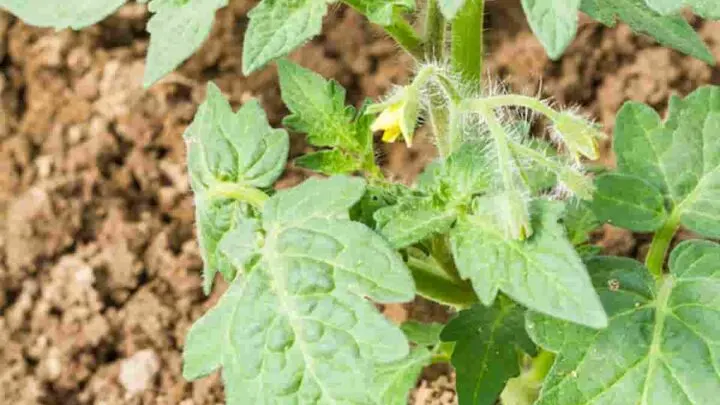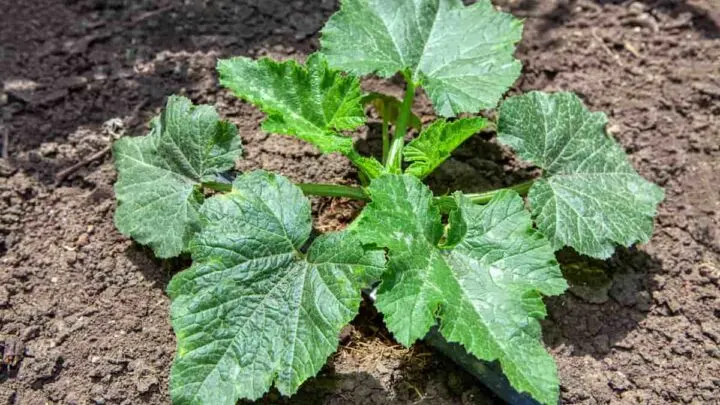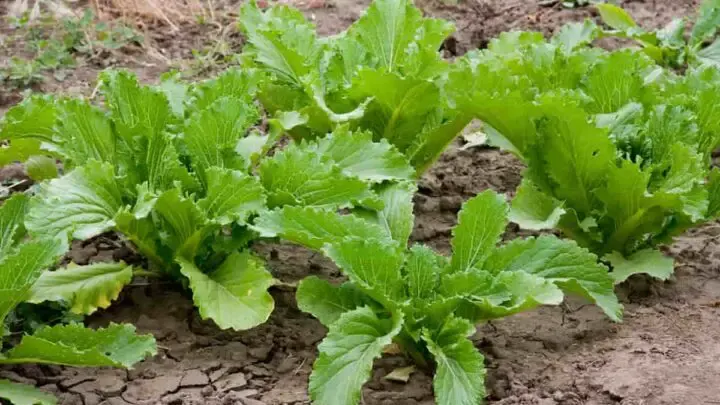We all have an image of what cabbage should look like – green, firm, and a little rubbery feeling. You may be surprised if you grow cabbage that has more texture. As soon as you see hairy spikes on your cabbage, you decide you want to become an expert on this: Why is my napa cabbage prickly?
Napa cabbages can be prickly because of the variety of cabbage that has been planted. Chinese varieties are more prone to being prickly, but it can also be that you’ve planted your cabbage in the wrong season. Your cabbage may also be bolting if you notice seeds or flowers.
Prickly napa cabbage does not always mean that you need to throw your harvest of cabbage away. It can be completely normal sometimes, and you can always cook your cabbage to make it a better texture. Keep reading to learn about why your cabbage is prickly and how to cook it to soften the prickly texture.

Reasons Why Napa Cabbages Are Prickly
There are a few reasons your napa cabbages may be prickly or spikey.
It Is A Certain Variety
If you bought a variety pack of cabbage seeds, you might not know precisely what kind of cabbage you are growing, even if some of the seeds are napa cabbage.
Some varieties of Chinese cabbage have prickly or spikey outer leaves. The leaves are not painful to the touch like a cactus, for example, but they have more texture than other kinds of cabbages.
You Grew The Napa Cabbage In The Wrong Season
If you’ve read any online blogs, you know that cabbage is a cool weather plant.
Planting cabbage when it is too warm out can cause all sorts of problems with the growth of your cabbage.
Warm weather can:
- Cause your cabbage to become leafier than it should
- Make your cabbage smaller than it may otherwise be
- Create a prickly texture on your cabbage leaves

The Cabbage Has Bolted
Bolting is different from prickly outer leaves, but this can also answer what you are looking for.
Bolting happens when a cabbage plant goes dormant and begins to seed.
After a cabbage plant bolts, it can even begin to flower from the seeds, which is certainly not what you want to see!
Here are some temperature comparisons to show the best times of the year to grow cabbage:
| Month | How Your Cabbage Grows |
| January | January is a good month to plant cabbage for a spring harvest. Your head of cabbage will be leafier than you might expect. |
| May | Mid to late May is a good time to plant your cabbages for a fall harvest. Do not plant your cabbage too earlier because it can cause it to bolt. |
| October | Plant your cabbage by late October about 6 weeks before the first frost. You do not want to give your cabbage too much of a shock! |

Ways To Soften Prickly Napa Cabbage
Ending up with prickly napa cabbage doesn’t mean that you’re out of luck with your cabbage. There are ways to soften the prickly cabbage so you can still use it in your cooking.
Fry It
Fry up your cabbage with some olive oil.
Some people love their cabbage fried, and if you use cooking oil, you can soften up the prickly part of your cabbage.
You can go one step further and use your cabbage as part of a stir fry. A stir fry is a great way to soften up your cabbage and use it for a great, hearty dish.
Steam It
Steaming is a great way to soften any vegetable – prickly napa cabbage included!
Steaming is an easy way to soften vegetables, and it can be done quickly if you have a vegetable steamer.
Your cabbage will be limper if steamed, but this can be wonderful for certain dishes.
If you let your steamed cabbage cool, you can use it in multiple other ways. Your cabbage will be similar in taste to what it was when you were picked, but you will not have to worry about any unpleasant textures.

Hi there, my name is Allie and welcome to my blog; GareningWithAllie!
Much of what you see written here is just our personal experiences with gardening. Along with the content I write here, there is also a unique collection of gardening topics covered by some of our close friends. I hope you find everything you read here to be helpful, informative, and something that can make your gardening journey the most lovely experience ever! With that said, Happy Gardening!
